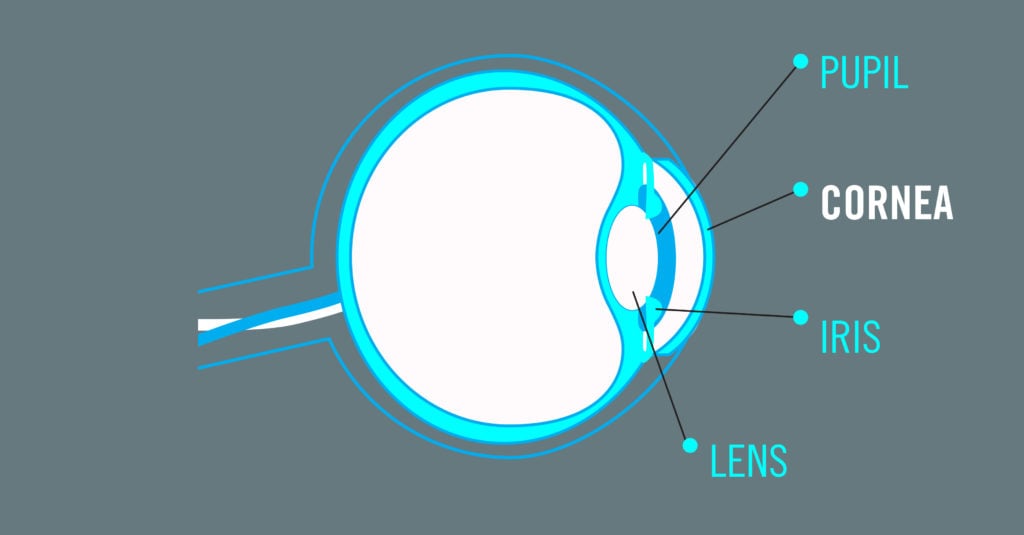- PagerDuty /
- Blog /
- Customer Spotlight /
- Time Efficiency Essential for Cornea Donation, Restoring Sight to the Blind
Blog
Time Efficiency Essential for Cornea Donation, Restoring Sight to the Blind
Founded in 1969 and based in Seattle, Washington, SightLife is a non-profit global health organization working to prevent and eliminate corneal blindness worldwide by 2040. Approximately 12.7 million people around the world suffer from corneal blindness, 98 percent of whom live in developing countries. SightLife’s efforts are focused in the U.S. on eye banking operations and internationally on training and capacity building, community outreach, prevention, and advocacy.
It’s 2 a.m. on a Tuesday, and Dave is at the SightLife offices on night shift with several other Transplant Donor Coordinators (TDCs), when he receives a notification email: A death just occurred and the deceased could possibly be a donor.
As time is of the essence in transplant donation, Dave needs to act fast. His focus is restoring sight to the blind through corneal transplants. The cornea is the transparent front part of the eye that covers the iris and pupil. It is also the only part of the eye that doesn’t contain blood vessels, which allows us to see clearly. Instead, tears from blinking bring oxygen to the corneas to help keep them healthy and prevent infections.

Dave’s first step is to review medical records and other relevant information, which takes place within 5 minutes of notification. He learns that the deceased is a 68-year-old male with a rare, terminal illness. Although this medical history may not have impacted the cornea, which is resilient to many illnesses, Dave needs to be certain. He triggers a PagerDuty alert so that he can review these clinical details with the Medical Review team, who are SightLife’s eligibility experts. These individuals are designated by SightLife’s Medical Director to ensure the safety of transplant tissue for recipients. PagerDuty allows Dave to rapidly access their expertise which saves critical minutes in the recovery process.
The Medical Review Manager quickly identifies the illness as harmless to the cornea and advises Dave to proceed. The next step is to obtain clearance from the coroner. Dave, however, has trouble reaching the coroner who is out in the field, so he uses PagerDuty to reach a partner advocate on SightLife’s Partner Relations team. Allison, from Partner Relations, works through the complexities of the death investigation to ultimately obtain release for tissue donation from the coroner.
Now it’s time for Dave to contact the deceased’s next of kin. For many, this is the most difficult part of the process. In some situations, it’s necessary to obtain next-of-kin approval for donation to take place. In others, the deceased may have already registered as a donor, in which case their wish is upheld. In both scenarios, the TDC must balance sympathy and understanding for the grieving family while conveying information clearly and with a sense of urgency.
In Dave’s case, the deceased was a registered donor. After a discussion with the family, Dave dispatches a procurement technician, who sets out immediately to the hospital to recover the tissue. The procurement technician arrives at the hospital and heads straight to the morgue, only to find it locked. The clock is ticking. Although corneas can be recovered up until 24 hours after time of death, the ideal recovery is within 12 hours. Needing the morgue unlocked ASAP, the tech gets in touch with Dave, the TDC, for help.
Dave once again sends a notification via PagerDuty to SightLife’s Partner Relations team member, Allison. In addition to partnering with coroners, the Partner Relations team works to build relationships with hospitals, funeral homes, first responders, and other community advocates to help facilitate the donation process. Dave quickly receives an acknowledgment from Allison, assuring him of her work on this case.
Fifteen minutes later, a security team member, keys in hand, is hurrying toward the procurement tech, who’s still waiting in front of the morgue. The tech starts the full-body examination, taking note of any signs of disease, identification marks, or obvious damage to the cornea. Once he determines the deceased meets the donation criteria, the tech starts the in situ corneal excision procedure, which is a multiple-step process. The cornea, though resilient, is delicate, and if not recovered correctly, it can’t be used in a transplant.
After about an hour, the tech places the cornea and scleral rim in a preservation media, which is maintained at a temperature of 2 – 8 degrees Celsius, and transports it back to the nearest SightLife lab for further medical testing. The media preserves the tissue for up to two weeks, allowing the corneas to be best placed with recipients who have been waiting to have a cornea transplant.
There are many steps and many people involved in procuring, preserving, and transplanting corneas. SightLife coordinates more than 700 donations per month across five regional U.S. geographies. These efforts support more than 48,000 corneal transplants performed each year in the United States. Utilizing PagerDuty is essential to the process when SightLife needs quick access to experts. That timely exchange helps to overcome obstacles and make it possible for individuals whose lives are vision-compromised to experience restored sight. For more information or if you would like to sign up as a donor, visit www.sightlife.org.


